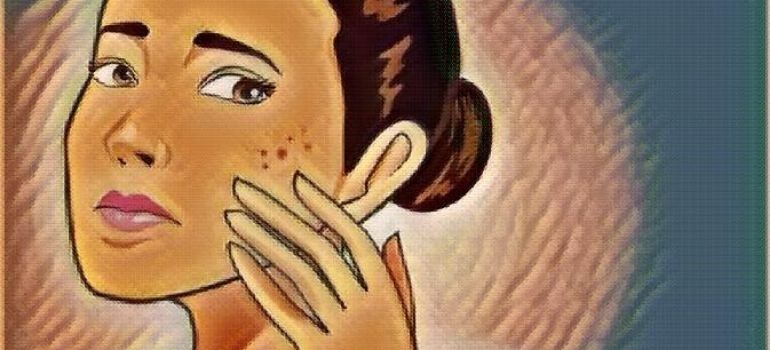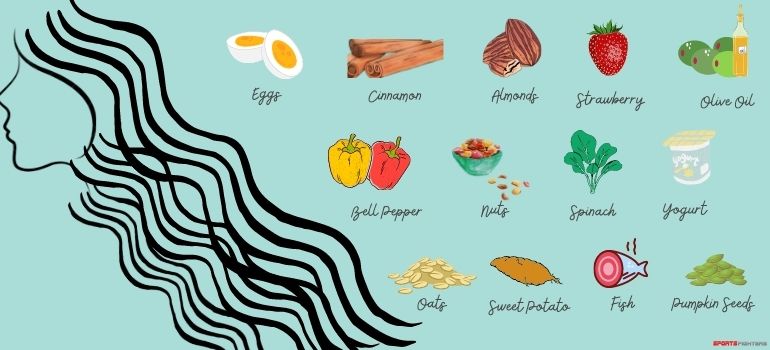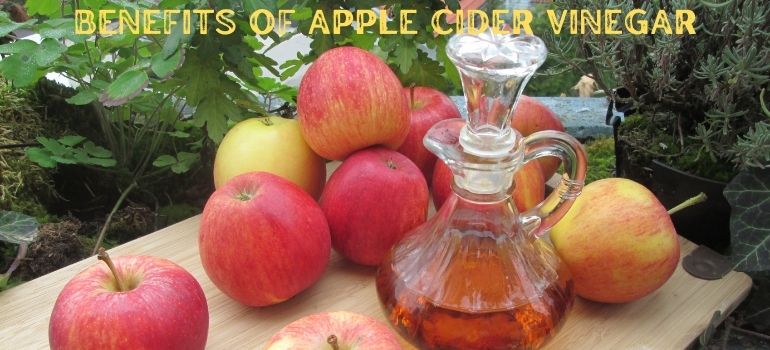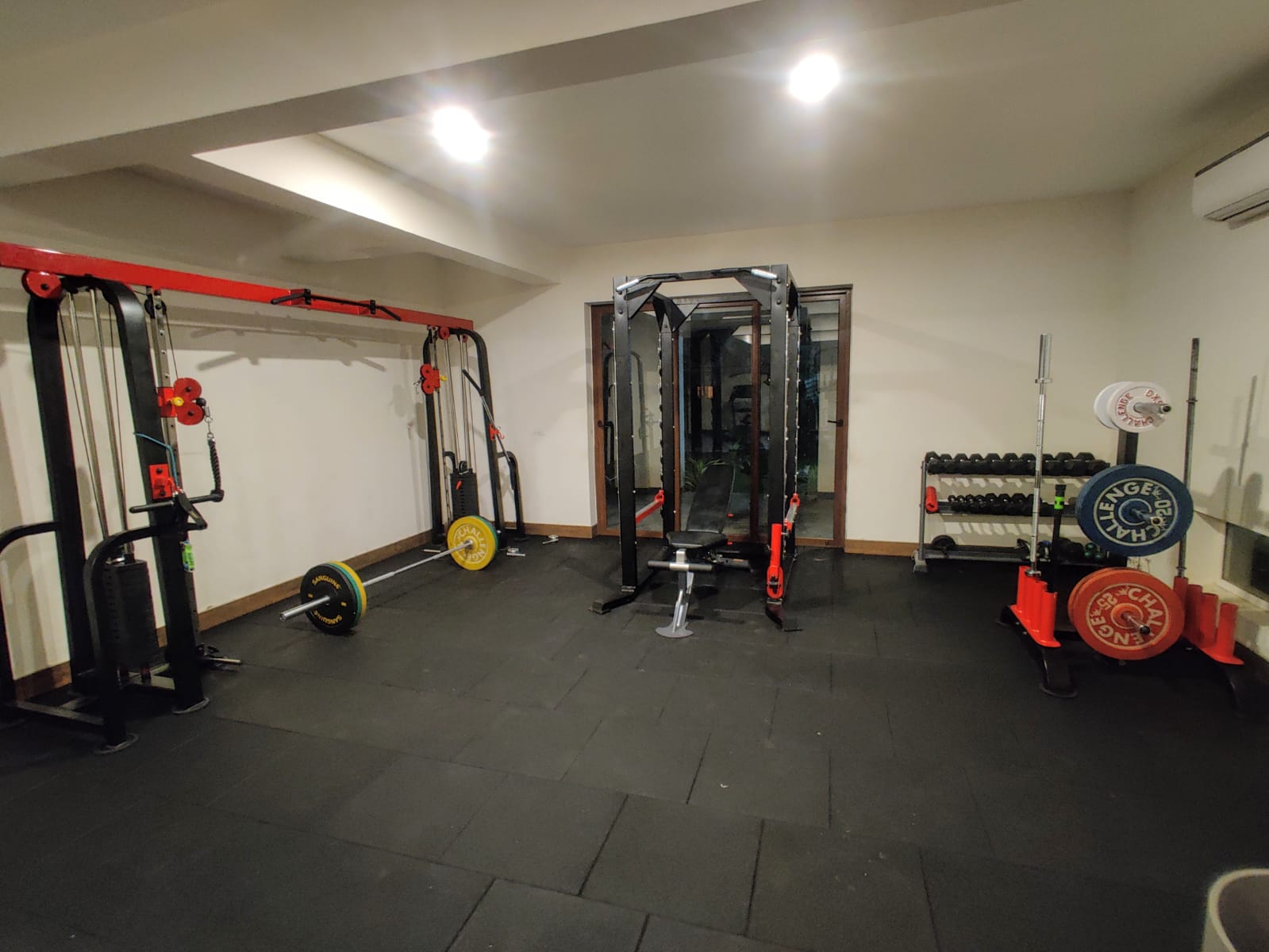Ayurvedic And Scientific Methods To Prevent Acne & Pimples.
- 08 April 2022

What is Acne
Skin acne is a major dermal irritant that significantly impacts skin health and confidence. It is common in teenagers who have cheeks full of pimples and resulting scars when they hit adolescence. Skin acne is caused by a sudden increase in hormone production, which is a simple result of infected sebaceous glands, which results in excessive oil secretion from these glands. This is the primary cause of acne in teenagers. In contrast, lack of hygiene or genetic reasons may cause the same in older people. The inflamed glands result in sporadic pimples across the affected dermal area, which may burst later and cause scarring.
How is it caused?
The skin's microscopic hair follicles and other dermal pores, called comedones, get clogged from tiny abrasions, like little bumps on the surface, whitish in color because of the skin stretching over them. When the skin breaks and the pores are open to the air, they darken to form acne blackheads.
Whiteheads and blackheads by themselves are not causes of worry – unless they don't rupture and get infected by bacteria. However, open comedones, or papules, must be maintained in constant hygiene if exposed to bacterial attacks. It causes acne or even skin rashes.
Excess stress due to hormonal discharge, simple fatigue, and other reasons might aggravate acne due to sebum secretion and sweat from the respective glands.
Another primary reason for acne outbreaks in women is menstruation. This is again due to a release of excess hormones during the menstrual cycle. Women with PCOS – polycystic ovary syndrome – are likely to suffer more from such acne. The lesions are deeper and leave scars that take longer to heal.
What are the different types of acne
Micromedones
The first stage of acne is usually a tiny bump.
Whiteheads
It is a white bump in which oil and bacteria get clogged into the pores' dead cells.
Blackheads
It is a black bump that is caused due to clogged hair follicles with oil and bacteria.
Papules
These are small red bumps that are inflammatory and generally do not have pus.
Pustules
These are pimples that contain pus with Propionibacterium.
Cysts
These are cystic acne formed more profoundly in the skin. These are the most severe forms of acne inflammatory with a vast bump filled with pus.
Cystic acne tends to cause scars.
Nodules
Similar to cystic acne, the only difference is nodules are solid and more rigid.
Fungal acne
Fungal Pimples occur in skins hair follicles due to yeast formation.
Commonly Affected Areas
Hairline
Pimple around the temple region is mainly caused due to the usage of certain shampoos, hair spray gels that contains
Cyclopentasiloxane
Dimethicone
Acrylates
Panthenol
Silicone
Quaternium-70
PVP/DMAPA
Hairline pimples can be countered by using natural cosmetics and shampoos.
Face and cheek region
The face and cheek region is the most common location for acne. Caused due to excessive rubbing activity and results in Acne mechanica.
It is surprising to note that it is also caused due to usage of the cell phone as the screen of mobile phones s generally exposed to bacteria in the atmosphere such as Ecoli etc.
Forehead, Nose, and Chin
Due to subcutaneous glands and excessive oil secretion, pimples are pretty common in these areas.
Jawline
While spotted in most adolescents and adults, acne on the chin and jawline area is more prevalent in women than men.
During menstrual cycles, the release of male hormones in women might result in pimples or acne outbreaks along jawlines and chins.
Another form of acne that stands true to its name, like Vulgaris, is acne rosacea. Light blushing of the cheeks, caused due to excess flushing of blood vessels in the region, might cause acne rosacea.
It is common in colder areas, where blood rushing to the face to provide heat is more frequent than in other regions.
Buttocks
Carbuncles
Acne breaking out across the buttocks is primarily due to folliculitis, inflammation of hair follicles caused by staph bacteria, which are harmless when on the epidermal surface. However, any breaks in the lining lead them to infect the pores. Vulgaris is a case where the sebaceous glands and the accompanying hair follicles get log-jammed with dirt or oil. This, expectedly, results in a dirty rash breaking out across the affected region, which in the case of acne vulgaris might include the neck, face, and the back, but primarily, the buttocks. Often confused with Vulgaris is fungal acne, which looks similar for the most part, but might result in whiteheads, which acne vulgaris does not cause.
Keratosis Pilaris
Usual small bumps which look and feel like goosebumps when touched may very soon develop into a standard protective layer due to the secretion of protein Kertain which blocks the follicle. Still, the good news is these are harmless, and moisturizers or an exfoliating cream can open up the strands.
The aftermath - Scars
Popping a pimple early, willingly or unwillingly, might end up causing a scar. While scars in younger people and children tend to fade away faster as new skin grows over them, they can tend to be persistent with older people. Below are some of the kinds of scars that can be caused due to acne.
Ice pick
Ice pick scars are thin and flat but more profound than most other scars. They have sharp or sloping edges and can be persistent problems if not treated by laser resurfacing or other grafting methods. They are typically caused as the aftermath of deep lesions or acne-like cysts.
Boxcar
These are small, round, dent-like depressions in the skin, primarily atrophic – meaning the skin doesn't heal completely over them. They are mostly brown or red.
Rolling
Rolling scars are unique because they are formed due to tissue damage under the epidermis – under the skin. As a result, they give a 'rolling' or wavy appearance to the skin texture. Home remedies and OTC can deal with them, but surgery can also be prescribed, depending on the type of scar and the type of skin you have.
Keloid
Keloid scars are raised scars with sloping edges. They are caused primarily due to injury to skin tissue by cysts or the like and are very thick and abrasive. They usually form on the cheeks, back, or shoulders.
So, what are the ways to deal with it?
In the cases of acne rosacea, acne vulgaris, and folliculitis, and people with acne-prone oily skin, basic hygiene with soap has proven to be a preventive measure in most cases. However, after the acne has set in, soap may irritate it further and aggravate the scars. Several remedies can be used to deal with acne domestically, whereas clinically, more permanent treatment methods are also present. How to deal with acne is described as follows.
Antibiotics
Topical antibiotic creams like clindamycin are often prescribed for acne, which takes around four to six weeks to work fully. Acne rosacea is usually dealt with by metronidazole, another topical antibiotic cream, which takes three to nine weeks to work well. A type of tetracycline antibiotic (sarecycline) deals with the more severe forms of acne. It works by killing or stopping the growth of the bacteria infecting the comedones. A similar method of fighting acne is used by sulfacetamide wash, which also opposes the bacteria in the pimple heads.
Over - the - counter Treatments
Now topical antibacterial creams aren't the only way to counter acne.
Retinoids
Derivative of Vitamin A plays a critical role in regulating epithelial cell growth and is used for treating a wide range of skin diseases. Its role in treating and preventing is astonishing.
They are available as gels and lotions
Salicylic acid
This is used to exfoliate the skin, open the pores, and encourage cell regeneration.
Azelaic acid
Natural acid formed by yeast commonly found in barley, wheat, and rye is rich in antimicrobial and anti-inflammatory properties and helps treat ace rosacea.
Benzoyl peroxide:
Benzoyl peroxides provide some relief to irritation and have healing effects by inhibiting the growth of bacteria. It is available in gels and lotions.
Zinc
Zinc has anti-inflammatory properties, which help significantly with acne.
Glycolic acid's antibacterial abilities and retinol's ability to free dermal pores are OTC favorites.
Niacinamide
The compound finds a special mention on this list because of its all-around abilities. Although it deals with pimples and acne formation, it also helps with improving skin texture. In addition, Niacinamide has been shown to build up dermal cells while also defending against atmospheric irritants such as pollution and other excess sunlight, which wear down skin cells.
Activated charcoal
Activated charcoal helps to remove excess oil in the pores. Charcoal also lends a glow to your features that are difficult to substitute by other natural means, a natural remedy for acne.
Ayurvedic and Homemade remedies
A host of disorders can be dealt with at home without even having to go for OTC or other more severe treatments.
Honey
Rich in antioxidants and antimicrobial properties helps moisturize the skin and aids healing. Honey can be applied to the face and washed after 20 minutes.
Tumeric
It has been used for a long time due to its antifungal and antibacterial properties commonly applied to the face as it fights against bacteria and fungus, which cause acne.
Amla
Gooseberry is rich in antioxidants and vitamin C. Also, it has an anti-inflammatory property known as a blood purifier which helps skin regrowth and detoxification.
It can be applied to the face and consumed as juice.
Neem
An ancient herb known for antiseptic, antifungal, antibacterial properties helps fight bacteria that cause acne and prevents further breakouts.
Tulsi
Basil boosts immunity and helps to nourish the skin.
It has been used for centuries in various herbal medicines and helps prevent pimples.
Tea Tree Oil
The oil is obtained from the inner layers of tea trees.
Tea tree oil is widely used in facial and other treatments as it has antifungal, antimicrobial properties.
In addition, it helps skin replenishment and protects from bacterial attack as it is rich in antioxidants.
Papaya
Papaya tastes good, but they are also rich in antioxidants and iron and help to moisturize and rejuvenate the skin.
Papain, a proteolytic enzyme, helps in skin exfoliation.
Aloe vera
Aloe vera's benefits are immense with its antioxidant, antibacterial, antiviral, and anti-inflammatory properties.
It helps open up the pores, clean them, and repair the damaged skin cells.
Watermelons
Watermelons are not just a great source to replenish water content, but they also increase the nitric oxide in our body. In addition, due to its antioxidant properties, they help reduce the oil secretion on the face.
Vitamin E
Due to its antioxidant, cell-building, and anti-inflammatory properties, it is beneficial in acne prevention.
Multani mitti
Multani mitti takes the cake on this mini-list for homemade methods to deal with acne. A 20-min face pack of Multani mitti with curd and lemon twice a week on a washed face results in glowing, moisturized, acne-free skin. This can, however, only deal with mild forms of acne.
Steaming
After these procedures, steaming the affected region is recommended, as steam has been observed to drive out the dead bacteria from these pores. Steaming also helps in the overall moisturizing of the skin.
Clinical Treatments
Acne can be a very irritating feature, affecting the overall looks of a person, and might end up denting their confidence in public. Apart from the psychological reason, severe cases of acne can leave deep lesions on the skin of the person, which might transcend into scarring. Therefore, clinical treatments are the more permanent type of remedy, and while more expensive than homemade recipes, they yield much better results, and expectedly so.
Chemical Peels
Many doctors and clinics prescribe the use of chemical peels, which are much similar in application to home remedies. It is a chemical solution such as salicylic acid, lactic acid, and carbolic acid that penetrates the skin, drains pores, and removes dead epidermal cells for growth as new, healed cells.
Laser Treatment
As the name suggests, this treatment involves light focused on the skin to break the tissue, regenerate new skin cells, and dramatically reduce acne.
How does Laser Treatment work
Initially, heat from the laser removes the top layer of the skin, resulting in increased blood flow, reducing inflammation, and promoting the growth of skin cells. Therefore the scars are significantly removed and make the skin smoother.
Types of Laser Treatment
Ablative laser resurfacing
Ablative laser resurfacing destroys the affected layers of skin. It promotes collagen production to repair it with new, healed skin.
Non-ablative laser resurfacing
It is a technique that heats the upper layers as a means of repair. Ablative procedures are harder on the patient due to their invasive repair deep into the layers of skin. In addition, they may have several harmful side effects, which non-ablative methods do not have. However, a recent study suggests that 1450-nm (https://www.ncbi.nlm.nih.gov/pmc/articles/PMC2884837/) Diode Laser has shown to have minimal side effects with maximum results.
(https://www.ncbi.nlm.nih.gov/pmc/articles/PMC3999431/)
Fractional Ablative Co2 Laser
The best, most preferred form has been shown to give the best results overall with acne, even targeting small spots with improved precision and flexibility.



